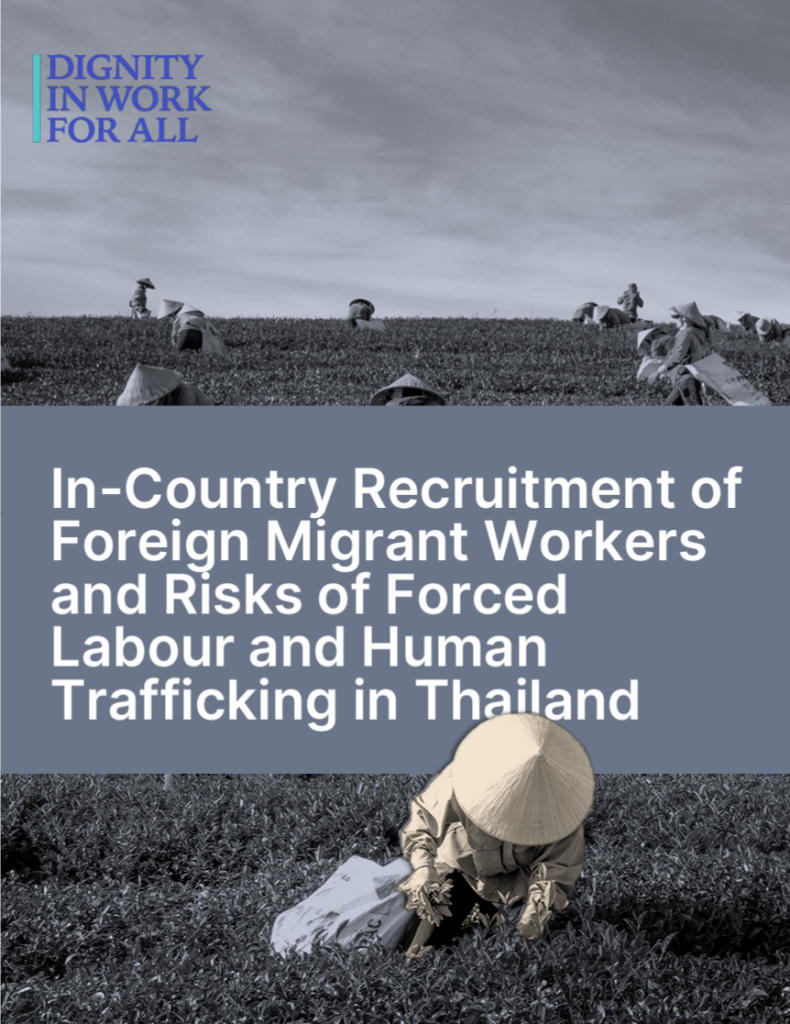Thailand is a country in need of overseas workers, with an aging population and key industries still reliant on low-skilled, low-cost labour. Several agreements are in place between Thailand and its neighbours to facilitate the movement of migrant workers. Yet difficulties remain for companies seeking to recruit workers using these formal channels due to a range of factors. Many migrants avoid formal channels because of their cost and complexity, and for some aspirant migrants, official channels are out of reach entirely. Employers therefore often need to recruit migrant workers who are already residing in Thailand, and need to engage with unofficial brokers to assist due to the complexities of the process.
The ‘in-country’ recruitment of migrant workers in Thailand creates specific vulnerabilities to human trafficking and forced labour due to the informality of the brokers involved and the high costs that can be charged. The practice of in-country recruitment and the issues associated with it became particularly acute issue during the COVID-19 pandemic, during which the Royal Thai Government recognized the need for flexibility in the governance of migrant workers. A registration process was implemented for employers to regularise migrant workers’ status – essentially an amnesty to allow for ‘in-country’ recruitment.
Dignity in Work for All, formerly Verite Southeast Asia, conducted research on the practice of in-country recruitment in Thailand, in partnership with ASEAN-ACT. The research identifies the vulnerabilities of migrant workers recruited using this model to labour abuse and exploitation and provides recommendations to address these risks.
The research has been used to develop a toolkit for employers, now available here, to reduce the vulnerabilities migrant workers face, and reduce the risks of forced labour in Thailand. Employers of migrant workers in Thailand, responsible government agencies and civil society, all play a role in the protection of workers’ rights and remedies where violations occur. This tool provides a useful guide for employers in mitigating and responding to those risks.
See video explainer here in Thai (English Subtitle):
